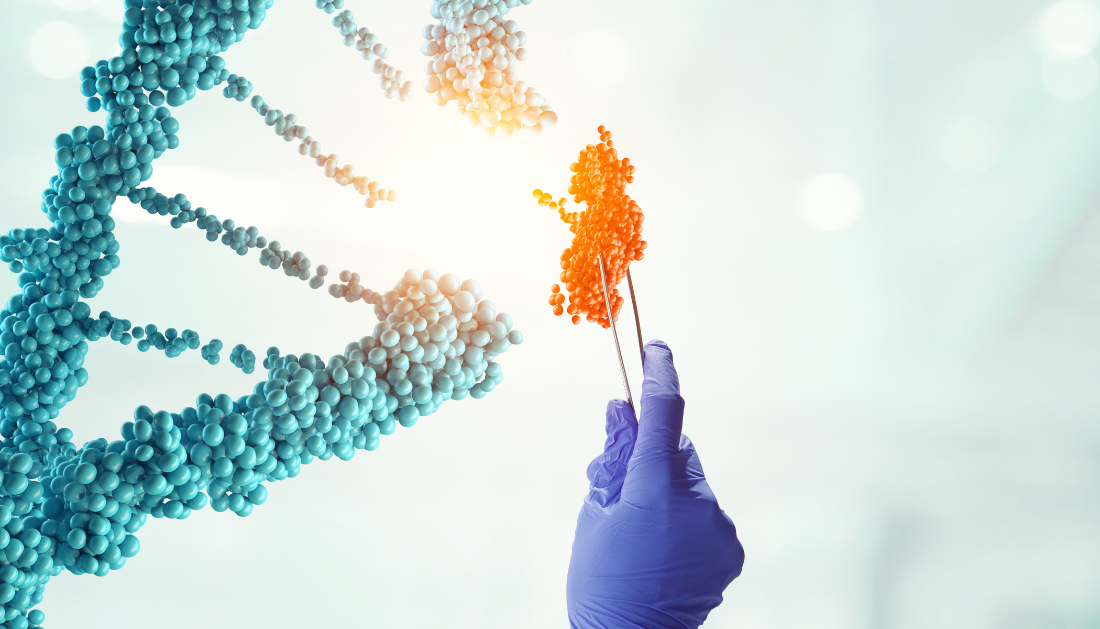

Tumor cells are killed by chemotherapy, which damages their DNA. However, it seems that the method these cells die is not the same as what was previously thought. Under the direction of Thijn Brummelkamp, researchers from the Netherlands Cancer Institute have discovered a novel mechanism for DNA damage-induced cancer cell death: the Schlafen11 gene.
“This is a very unexpected finding. Cancer patients have been treated with chemotherapy for almost a century, but this route to cell death has never been observed before. Where and when this occurs in patients will need to be further investigated. This discovery could ultimately have implications for the treatment of cancer patients.” They published their findings in Science.
Numerous cancer treatments harm DNA in cells. Cells can trigger their demise if they sustain excessive irreversible damage. Biology classes in high school tell us that the p53 protein controls this process. While p53 guarantees that damaged DNA is repaired, when the damage gets too great, it triggers cell death. This stops unchecked cell division and the development of cancer.
Although that seems like a perfect system, the reality is more nuanced. “In more than half of tumors, p53 no longer functions,” says Brummelkamp. “The key player p53 plays no role there. So why do cancer cells without p53 still die when you damage their DNA with chemotherapy or radiation? To my surprise, that turned out to be an unanswered question.”
Subsequently, his research group and colleague Reuven Agami’s group uncovered a hitherto unidentified mechanism of cell death following DNA damage. In the laboratory, cells were treated with chemotherapy after the DNA was meticulously altered. According to Brummelkamp, “We were looking for a genetic change that would allow cells to survive chemotherapy. Our group has a lot of experience in selectively disabling genes, which we could perfectly apply here.”
A new major figure in the demise of cells
Through gene silencing, the team discovered a novel route leading to apoptosis, which is mediated by the Schlafen11 (SLFN11) gene. Nicolaas Boon, the principal investigator, stated, “In the event of DNA damage, SLFN11 shuts down the protein factories of cells: the ribosomes. This causes immense stress in these cells, which leads to their death. The new route we discovered completely bypasses p53.”
Cancer research has long been familiar with the SLFN11 gene. According to Brummelkamp, it is frequently dormant in the tumors of patients who do not react to treatment. “We can now explain this link. When cells lack SLFN11 they will not die in this manner in response to DNA damage. The cells will survive and the cancer persist.”
Influence on the treatment of cancer
“This discovery uncovers many new research questions, which is usually the case in fundamental research,” says Brummelkamp.
“We have demonstrated our discovery in lab-grown cancer cells, but many important questions remain: Where and when does this pathway occur in patients? How does it affect immunotherapy or chemotherapy? Does it affect the side effects of cancer therapy? If this form of cell death also proves to play a significant role in patients, this finding will have implications for cancer treatments. These are important questions to investigate further.”
Genes being turned off one by one
There are hundreds of genes in an individual, and many of them have purposes that are unknown to us. Brummelkamp, the researcher, devised a technique utilizing haploid cells to ascertain the functions of our genes. Unlike the normal cells in our bodies, which have two copies of each gene, these cells only have one copy. In genetic investigations, managing two copies can be difficult because mutations frequently affect only one of them. It is challenging to observe the consequences of these alterations as a result.
Using this flexible approach, Brummelkamp and others have spent years figuring out critical disease processes. For instance, his team has found that cells can synthesize lipids differently than previously thought.
They discovered the mechanism by which some viruses, like the fatal Ebola virus, infiltrate human cells. They investigated the resistance of cancer cells to particular treatments and discovered proteins that function as immune system brakes, which is pertinent to cancer immunotherapy.
In recent years, his team has identified two enzymes that had been missing for forty years and that are essential for brain and muscle development.
For more information: DNA damage induces p53-independent apoptosis through ribosome stalling, Science, DOI: 10.1126/science.adh79500
more recommended stories
 Fat-Regulating Enzyme Offers New Target for Obesity
Fat-Regulating Enzyme Offers New Target for ObesityKey Highlights (Quick Summary) Researchers identified.
 Spatial Computing Explains How Brain Organizes Cognition
Spatial Computing Explains How Brain Organizes CognitionKey Takeaways (Quick Summary) MIT researchers.
 Gestational Diabetes Risk Identified by Blood Metabolites
Gestational Diabetes Risk Identified by Blood MetabolitesKey Takeaways (Quick Summary for Clinicians).
 Phage Therapy Study Reveals RNA-Based Infection Control
Phage Therapy Study Reveals RNA-Based Infection ControlKey Takeaways (Quick Summary) Researchers uncovered.
 Pelvic Floor Disorders: Treatable Yet Often Ignored
Pelvic Floor Disorders: Treatable Yet Often IgnoredKey Takeaways (Quick Summary) Pelvic floor.
 Urine-Based microRNA Aging Clock Predicts Biological Age
Urine-Based microRNA Aging Clock Predicts Biological AgeKey Takeaways (Quick Summary) Researchers developed.
 Circadian Control of Neutrophils in Myocardial Infarction
Circadian Control of Neutrophils in Myocardial InfarctionKey Takeaways for HCPs Neutrophil activity.
 E-Cigarette Use and Heart Attack Risk in Former Smokers
E-Cigarette Use and Heart Attack Risk in Former SmokersKey Takeaways for Clinicians and Nurses.
 36-Week Pre-eclampsia Screening May Reduce Term Risk
36-Week Pre-eclampsia Screening May Reduce Term RiskA New Preventive Strategy for Term.
 Cardiovascular Risk and Sudden Cardiac Death in Diabetes
Cardiovascular Risk and Sudden Cardiac Death in DiabetesRising Sudden Cardiac Death (SCD) Risk.

Leave a Comment